Preschool may be your child's first experience in an environment different from what they are accustomed to. This school may be the first time interacting with other children their age, their first time in a discovery learning environment, and their first time without you. What's the difference between childcare, anchor operators, and alternative kindergartens? How much do preschools cost? Here's your guide to navigating preschools in Singapore.
What to Consider When Choosing a Preschool
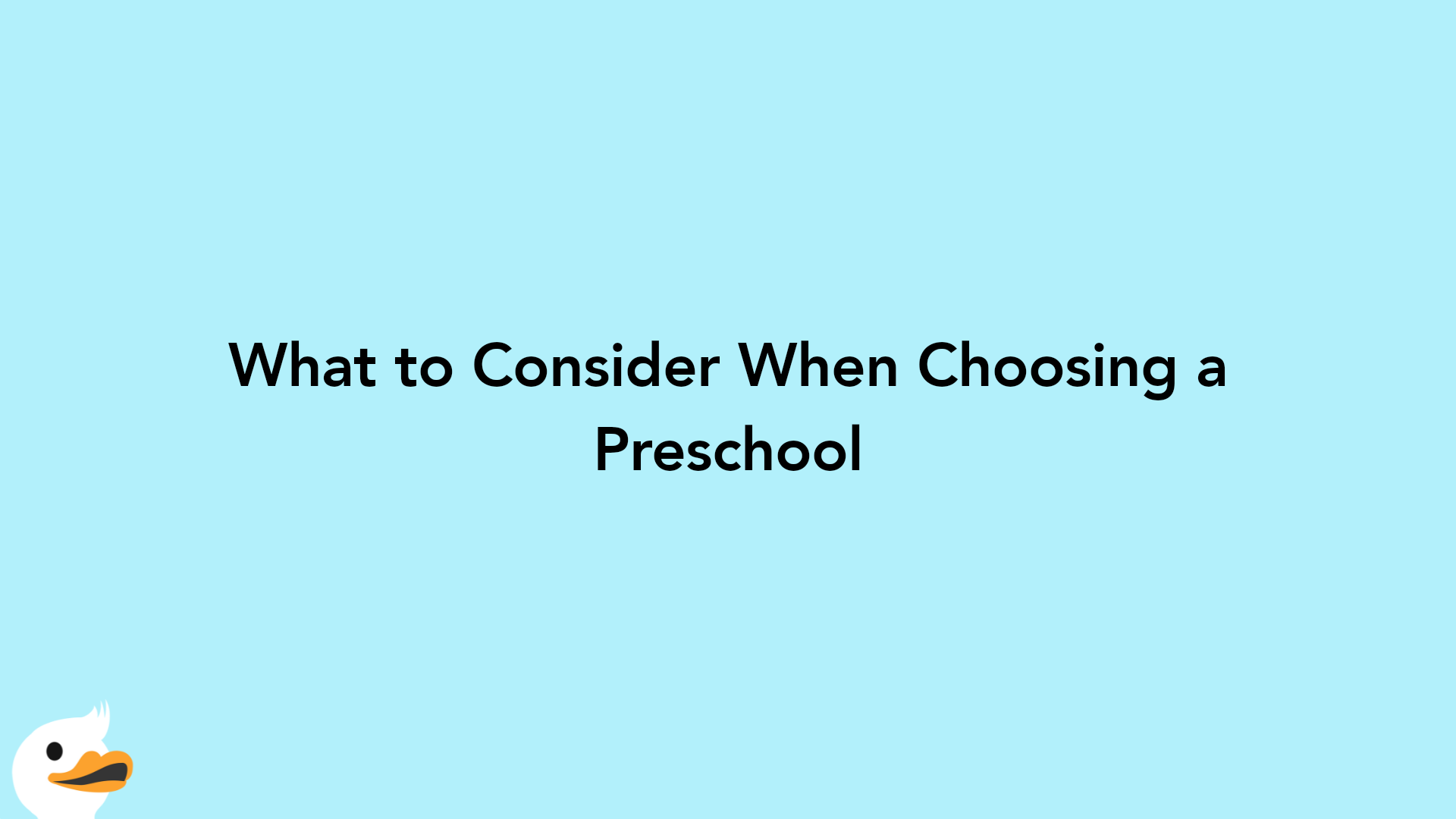
Location
While you may want the best, most creative, academically challenging, and hands-on preschool, we need to be realistic. You will likely be dropping off and picking up your child at this school Monday through Friday. Therefore, choose a school that has a reasonably accessible from your home.
Curriculum
Schools have different philosophies and teaching methods. While some preschools follow a traditional approach that closely aligns with local grade P1 classes, other schools have a more flexible alternative approach to learning and playing. You will need to choose which curriculum you agree with, what works best for your child, and what will prepare them for grade P1 afterward.
Language
Bilingualism is one significant advantage that sets your child apart. Some preschools have a full Mandarin programme while others have a bilingual programme.
School Hours
How many hours can your child handle in school? Some preschools are strictly half days and only run for four hours at a time. Other preschools have a full day option to cater to working parents and operate from 7 am to 7 pm.
Learning Environment
You can likely find pictures of the preschools on the school's official website. Some schools are more technologically advanced while others have a larger space and incorporate outdoor play areas.
Child to Teacher Ratio
The number of students per teacher varies by school. At times, a lead teacher will have an assistant. How much individualized attention do you want your child to have? Does this align with the school's philosophy of a teacher-led environment or an environment of self-discovery?
Cost
While we want the best for our children, realistically there is a monthly cost to this education. Government subsidies exist for some preschools while others are exempt.
Types of Preschools
The Ministry of Education or MOE in Singapore establishes that grade Primary 1 of local government education begins the year the child is age 6 and turning age 7. As a result, nursery grades N1 and N2 are for children ages 2-3 and 3-4, respectively. Moreover, kindergarten K1 and K2 are for children ages 4-5 and 5-6, respectively.
MOE Kindergartens
The Ministry of Education has government operated kindergartens where Singapore citizens and Permanent Residents are eligible to attend. Singaporeans pay S$150 per month, and Permanent Residents pay S$300 monthly.
The classroom space is designed for children to interact with one another. The available learning resources encourage exploration and discovery. These kindergartens also have outdoor play areas to refine children's motor skills and of course to have fun. Even though Singapore is a bustling country with skyscrapers, these kindergarteners also have green spaces for learning about the natural world around them.
Their curriculum includes the Starlight Literacy Programme, which nurtures early childhood bilingualism, the HI-Light Programme, which supports the whole development of children through integrated learning, and the Weeks of Wonder (WoW) projects that foster self-motivated learning and discovery.
Classes are 4 hours a day from the morning session option from 8 am to 12 pm or the afternoon session option from 1 pm to 5 pm. For parents who require a full-day service from 7 am to 7 pm, there is also Kindergarten Care or KCare, which supplements MOE Kindergarten. The monthly fee for Kindergarten Care ranges from S$325 to S$386.
Anchor Operators
The Early Childhood Development Agency or ECDA, an extension of the Singapore government, introduced the Anchor Operator scheme in 2009. This scheme provides funding support to approved operators with the goal of increasing access to quality and affordable early childhood care and education. The ECDA regulates the centres as well as provides resources for curriculum guidelines.
At the moment there are five approved operators in Singapore. ECDA does not regulate the child care fees; each centre is a private business with their own policies. As a result, each school has personalized registration requirements and applicable fees. 1. My World Preschool, which is led by the Metropolitan YMCA 2. Skool4Kidz, which is driven by the Consortium led by Kinderland Educare Services Private Limited 3. E-Bridge Pre-school, which is conducted by EtonHouse International 4. PCF, which is led by the PAP Community Foundation 5. My First Skool, which is directed by NTUC First Campus
Child Care Centres
Government subsidies are available to Singapore citizens for childcare centres but exclude private kindergartens. The Early Childhood Development Agency regulates these centres.
Child care centres differ from MOE kindergartens because they cater to working parents and are open all day, from 7 am to 7 pm. Appropriately, they also provide two meals and snacks for the children. Some centres may also be open for half-days on Saturday.
Anchor operators fall under this category of child care centres. Search the ECDA's website to find a full list of child care providers.
Private Kindergartens
Unlike child care centres, private kindergartens are regulated by the Ministry of Education, not ECDA. They are organized into two categories: foreign system schools and privately funded schools. Private kindergartens are an excellent option to prepare children for the local school system. Unfortunately, teaching methods and fees vary.
Alternative Kindergartens
There are also progressive kindergarten programs available. These schools take a less traditional approach to their curriculum and educational philosophy. Many schools also use a combination of these alternative educational philosophies.
Montessori
The Montessori philosophy consists of a deliberate and carefully prepared classroom to allow a child to work independently and foster self-discovery. The teachers are AMI-certified, utilize multi-age grouping, and do not give grades or tests. Many schools use the Montessori name but implement the Montessori method differently.
Tuition and fees vary from school to school. To give you an idea, Brighton Montessori has an S$800 application fee. Moreover, the monthly payment is S$950 for half day attendance and S$1,600 for full-day attendance 5 days a week.
Reggio Emilia
The Reggio Emilia system adopts an Italian philosophy. Children explore, discover, and collaborate in a light-filled space with an environment that encourages hands-on discovery. A few schools that use this system include Between Two Trees, Blue House International School, Odyssey the Global Preschool, The Children’s Place, White Lodge and EtonHouse.
Each preschool is a privately owned business. However, to give you an idea of the cost, Between Two Trees charges an application fee of S$321. The monthly fee is S$1,444.50 for half day attendance and S$1979.50 for full-day attendance, before subsidies.
Waldorf
The Waldorf approach is play-based learning with a predictable routine that emphasizes creativity, singing, and acting. Waldorf Steiner Education Association has one Waldorf school in Singapore that has programs for students starting from 18 months of age, through early childhood, grade school, as well as adult education including parenting talks and self-development workshops.
Unfortunately, the application process, fee, and tuition costs are not available on Waldorf Singapore's website. Instead, to find out more information, you will need to contact them directly via email at ask@waldorfsingapore.com.
Final Thoughts

Education is highly valued in Singapore. It's no wonder that Singapore has a 97% adult literacy rate. Remember, children develop the joy of learning from a young age and start formulating their own ideas, opinions, and thoughts before they can even speak.
Sending your child to preschool is a big decision for their future and for your monthly budget. The right environment can help your child thrive, socialize with other children, and develop good habits to prepare them for the future. However, be sure to weigh the costs, research any applicable government subsidies, and think about what program is best suited for their needs.


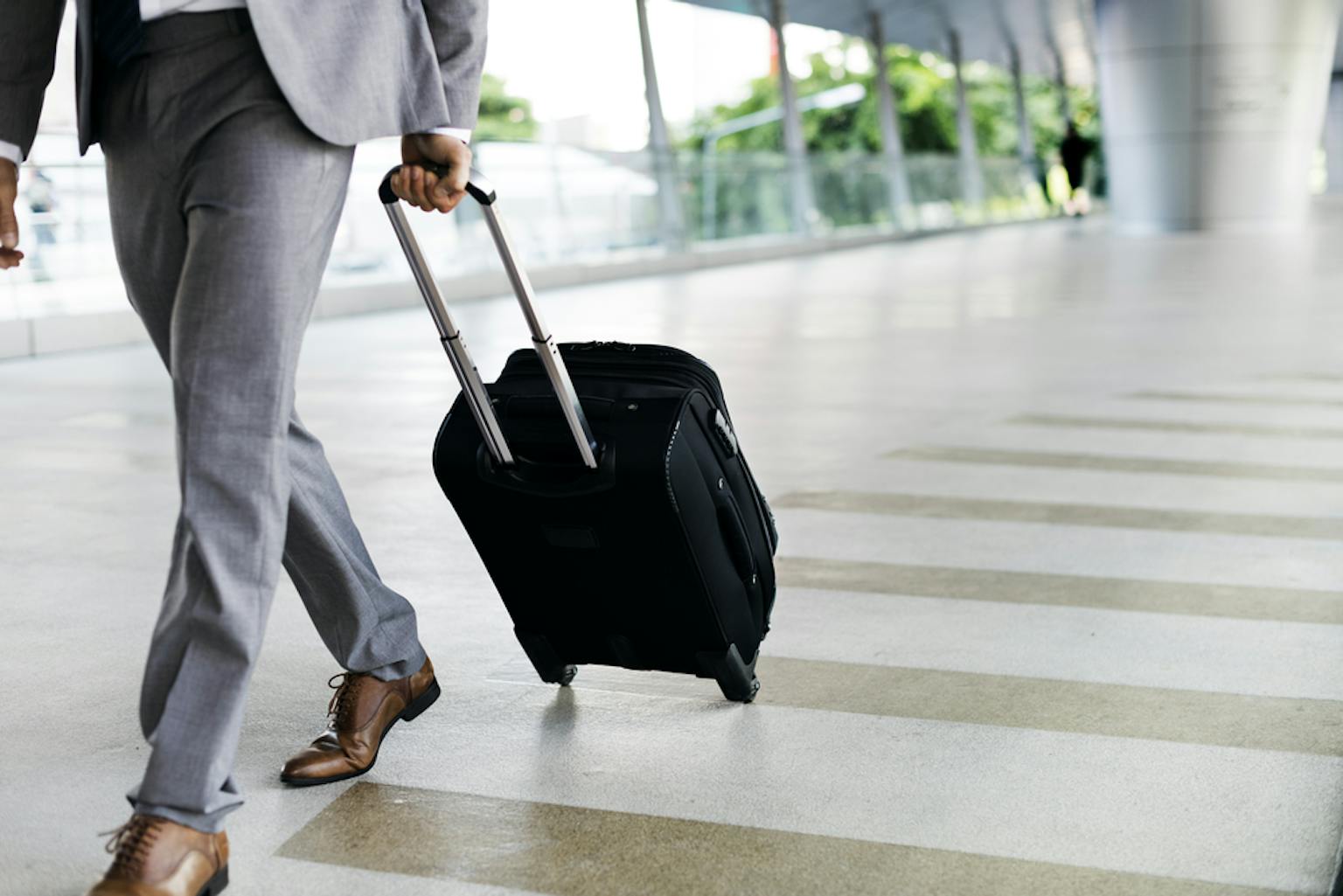

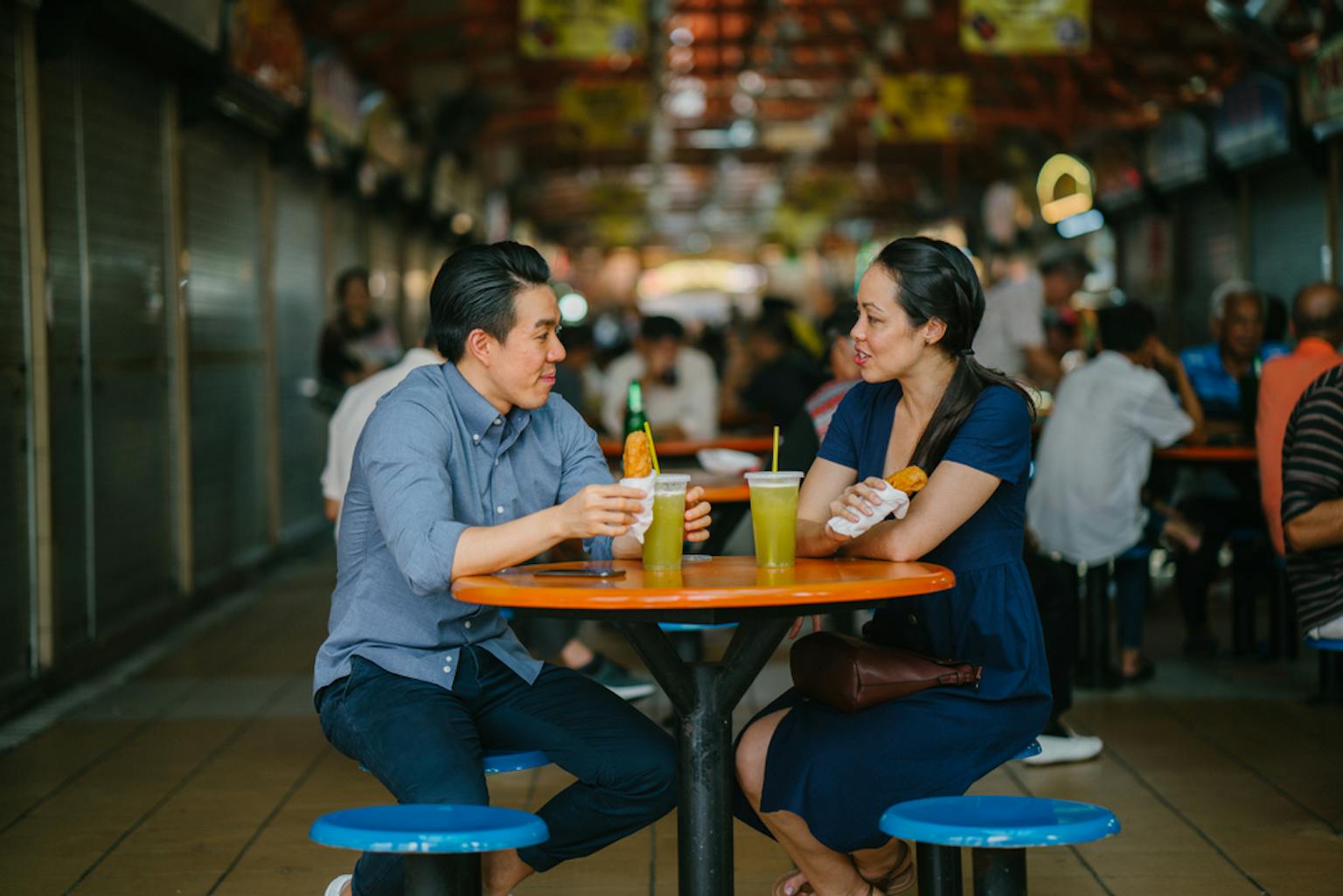

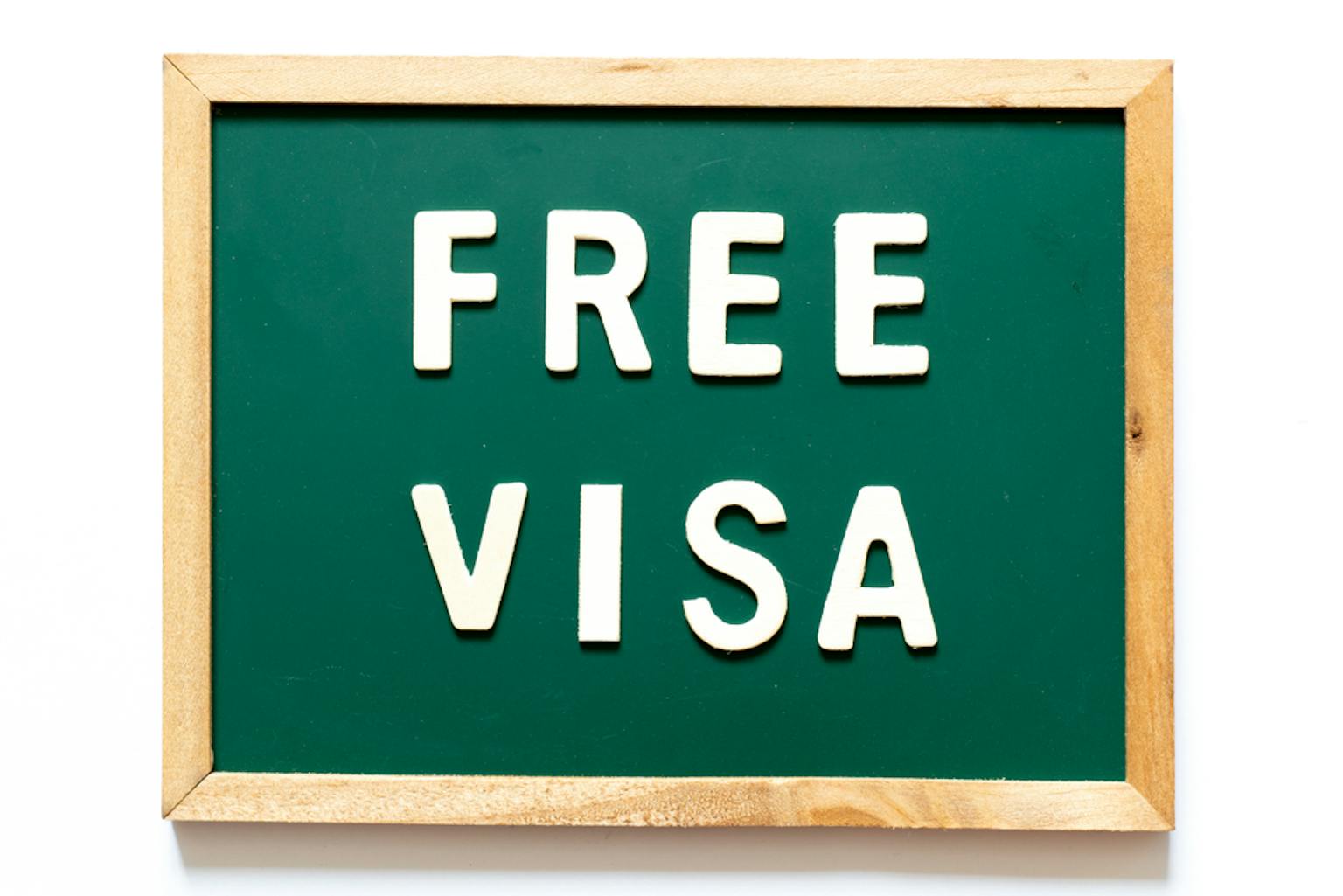
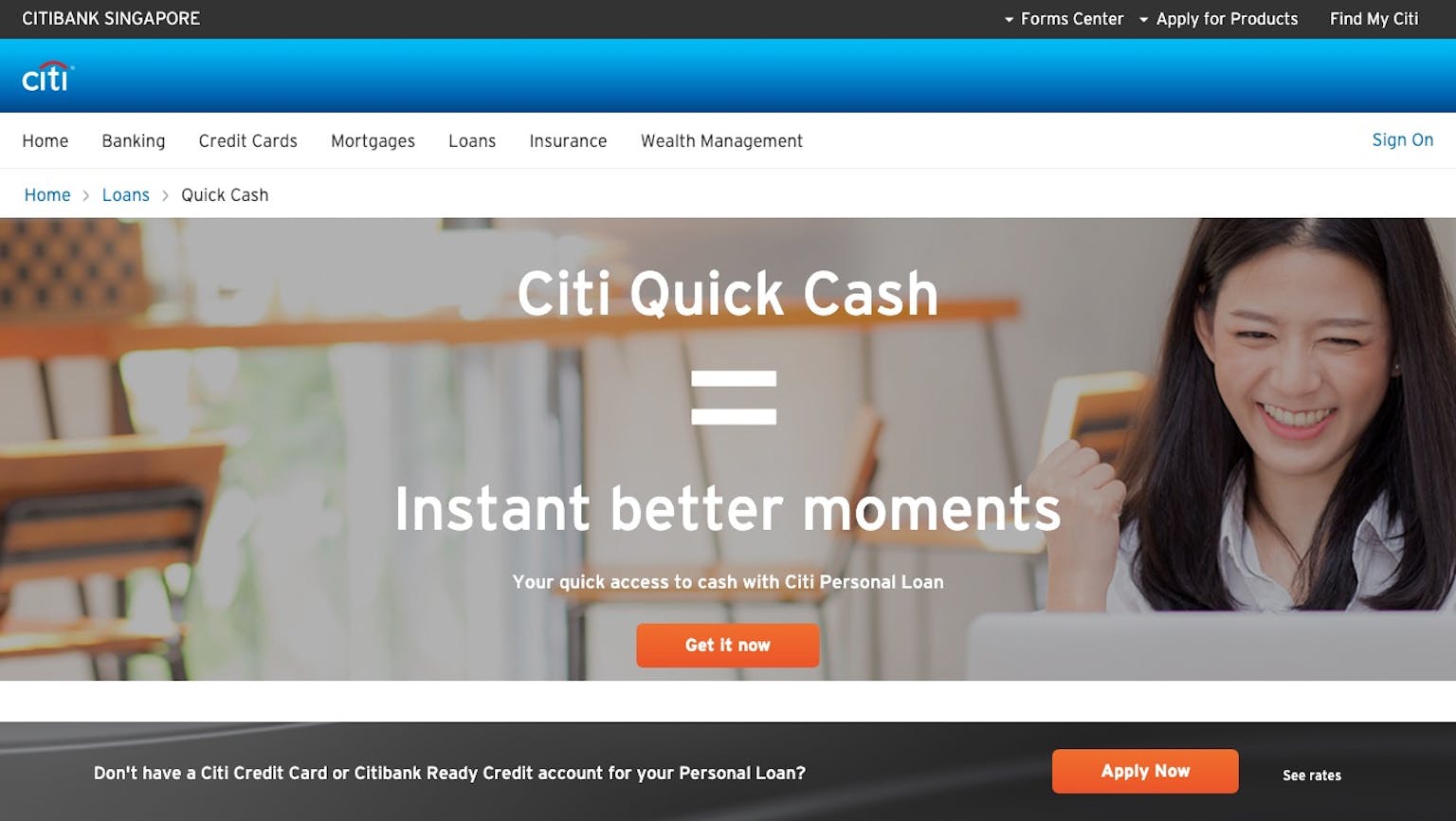
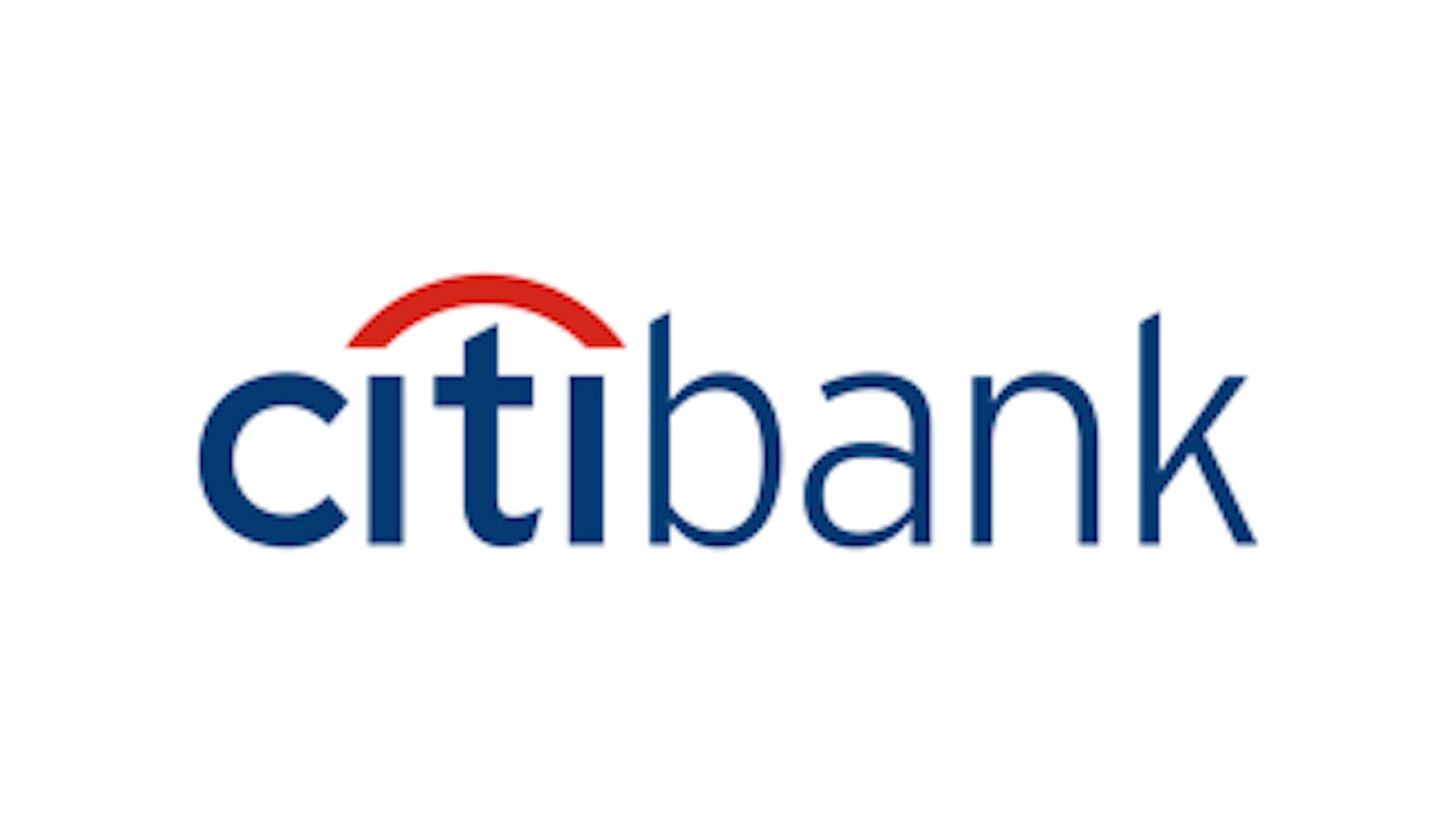
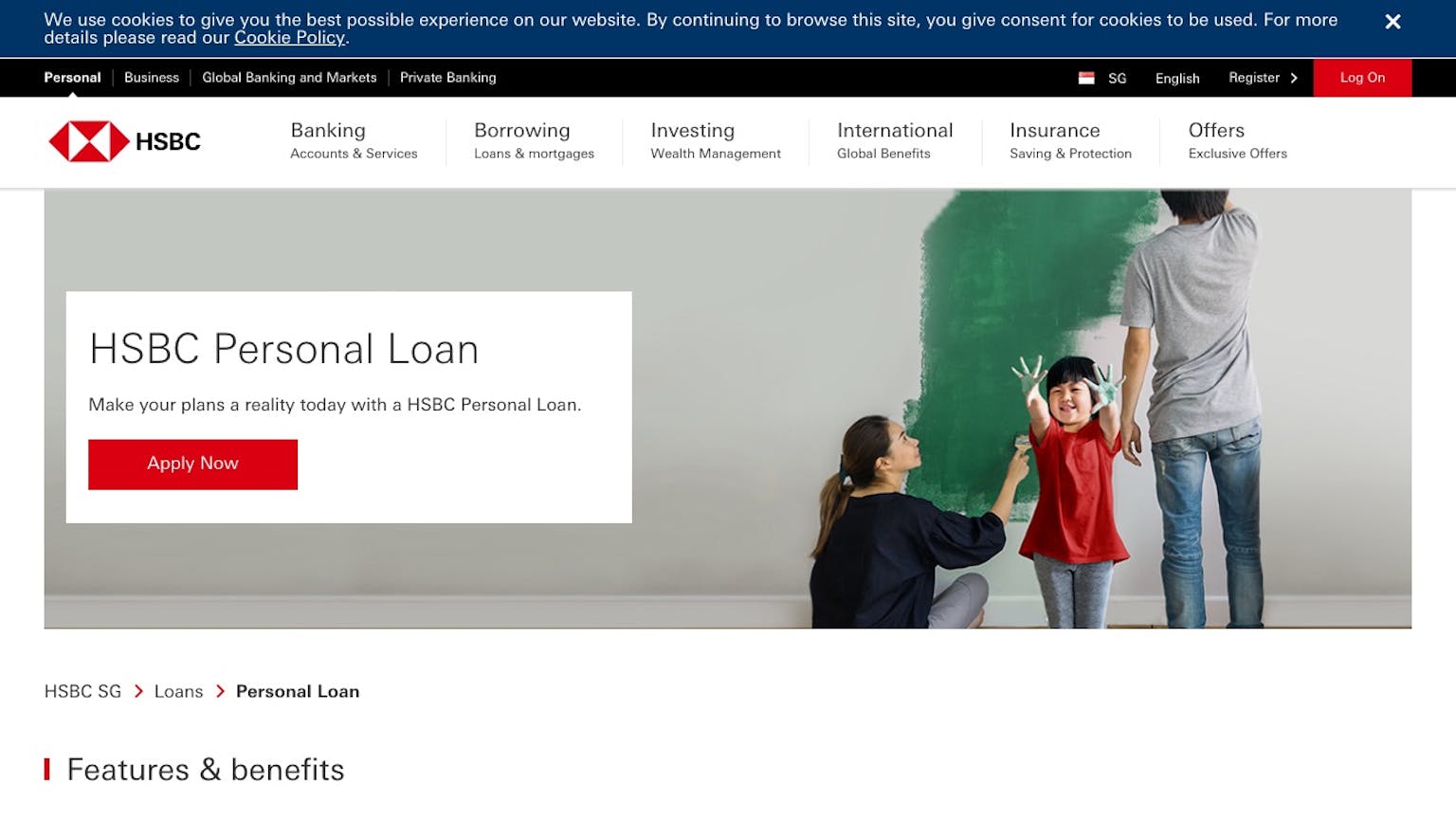
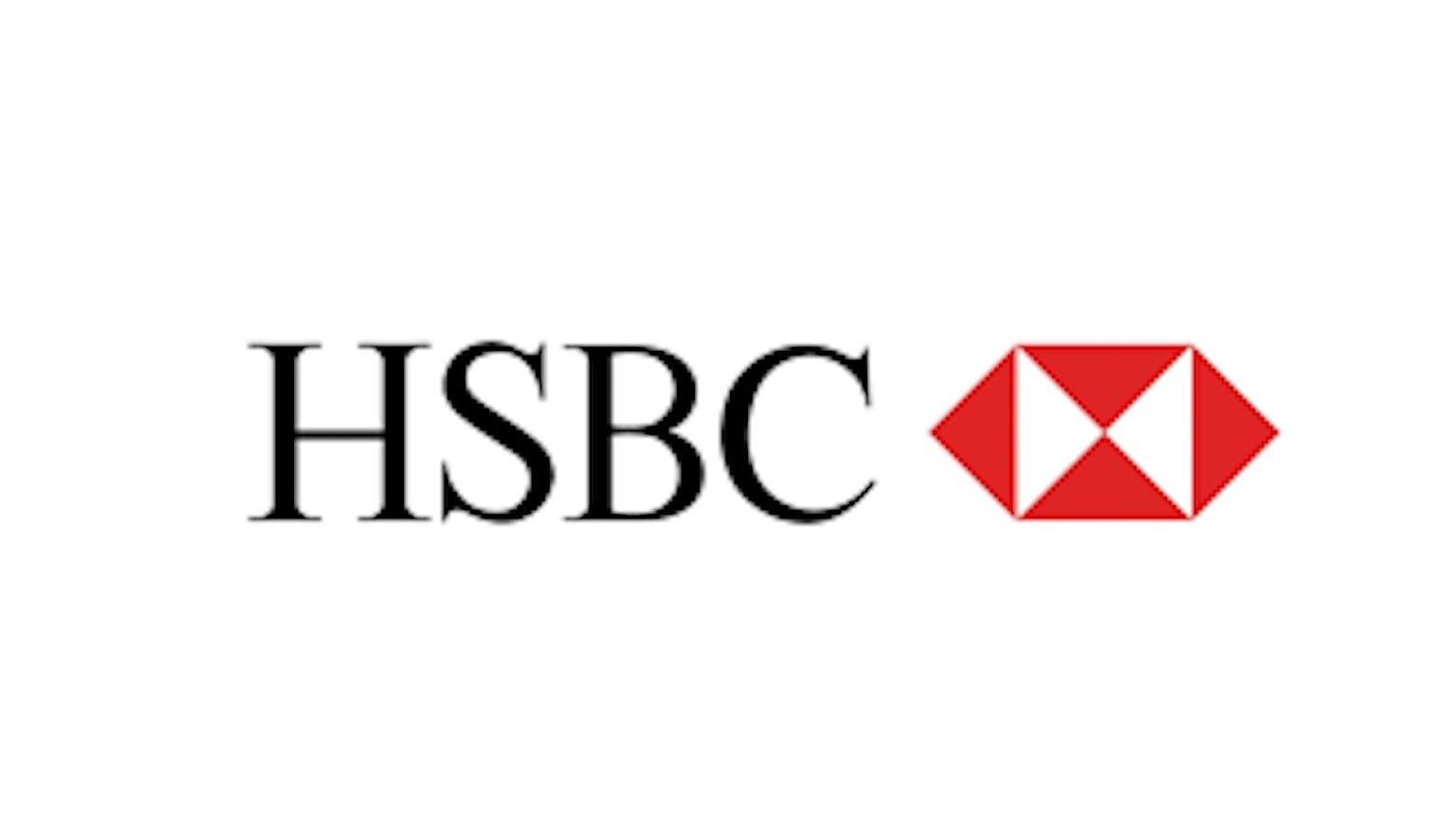

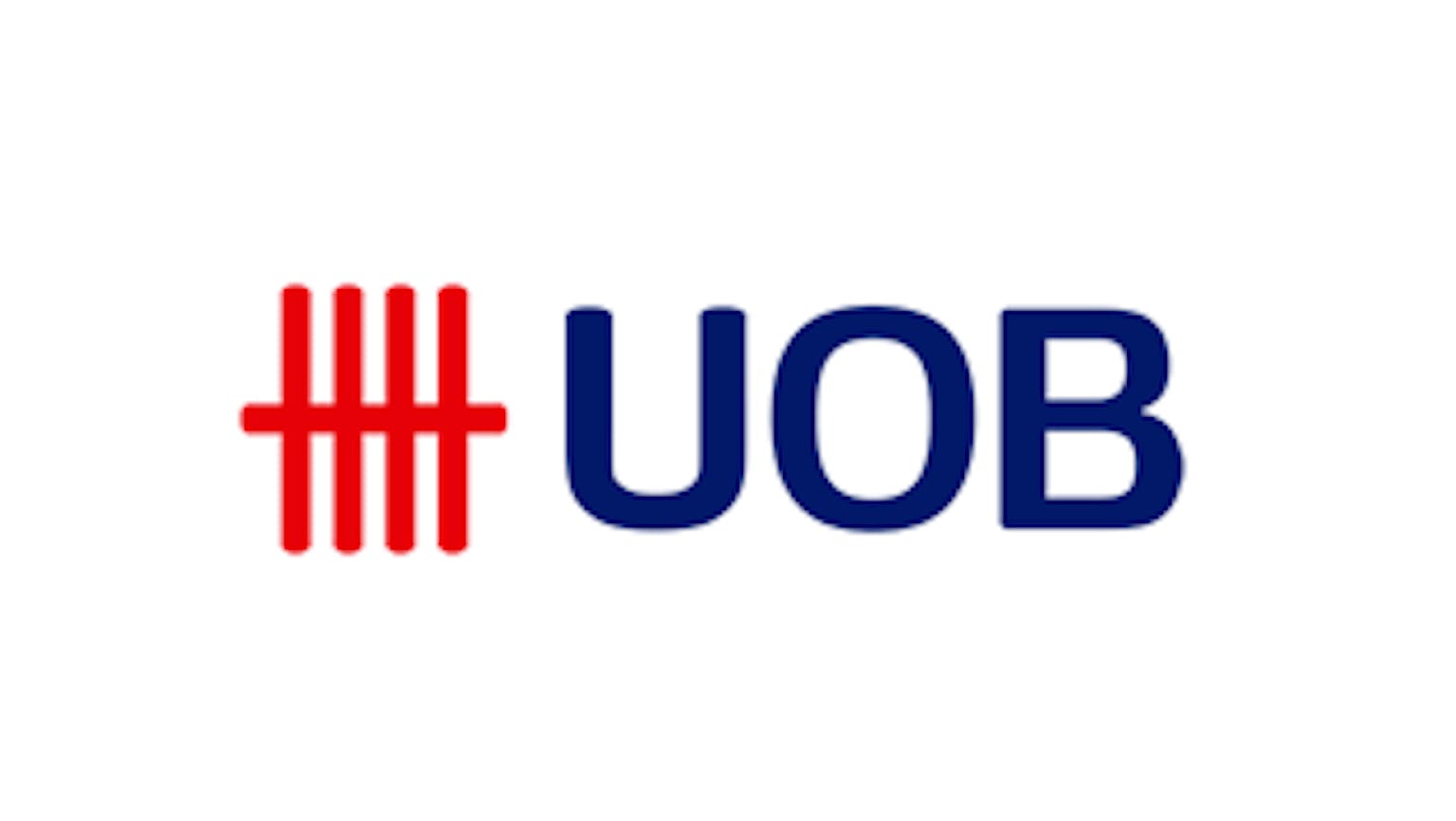
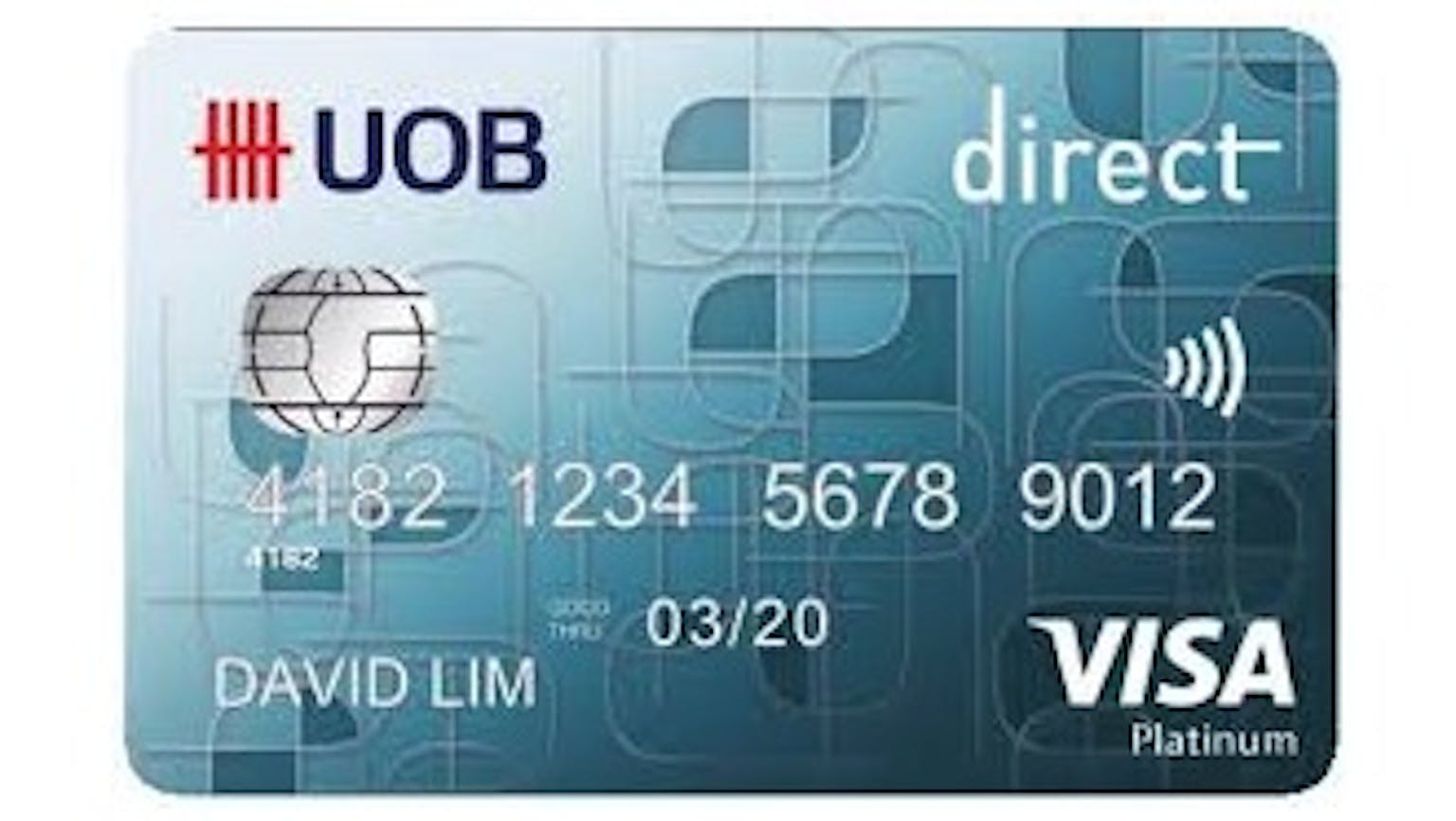
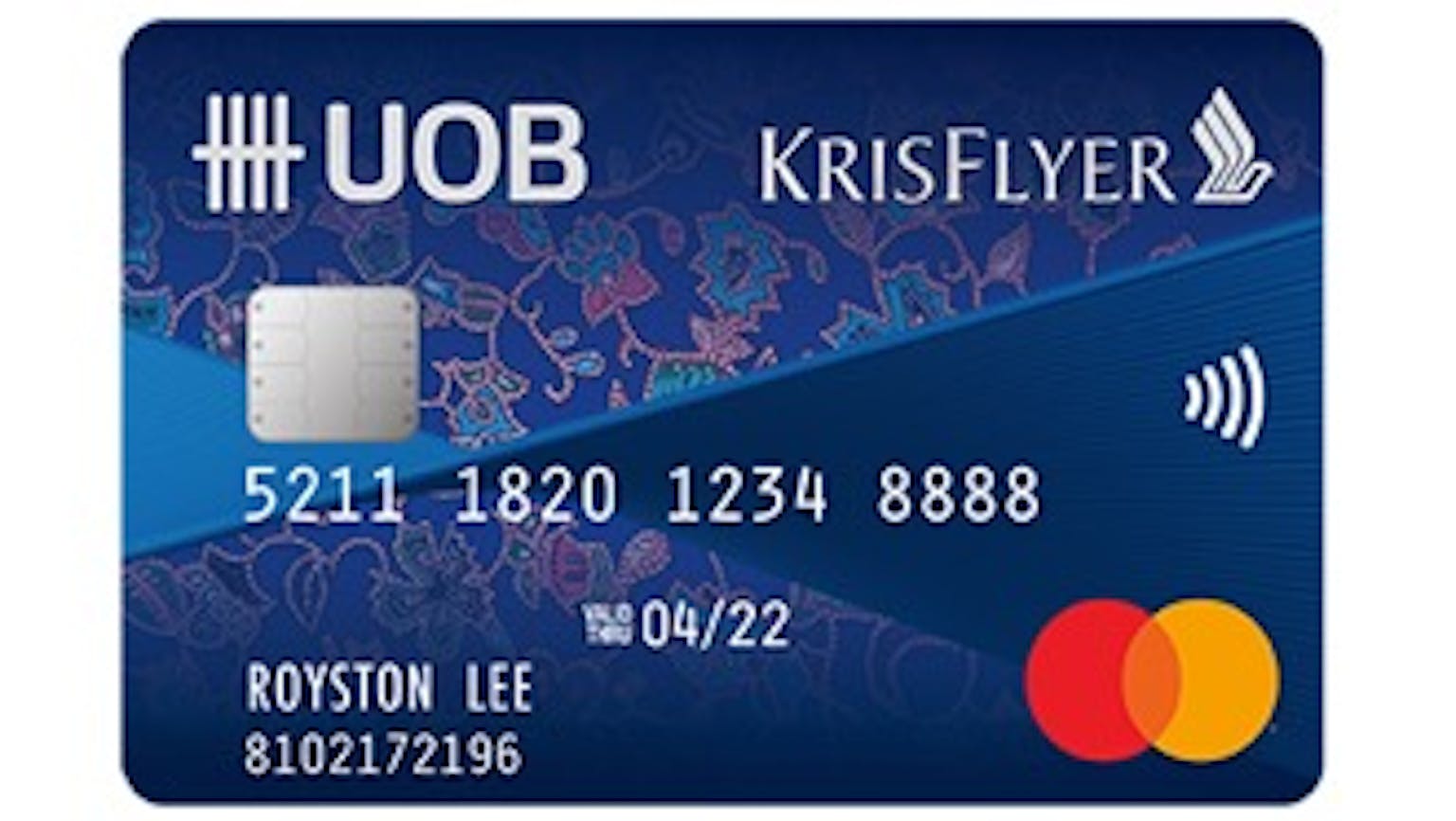
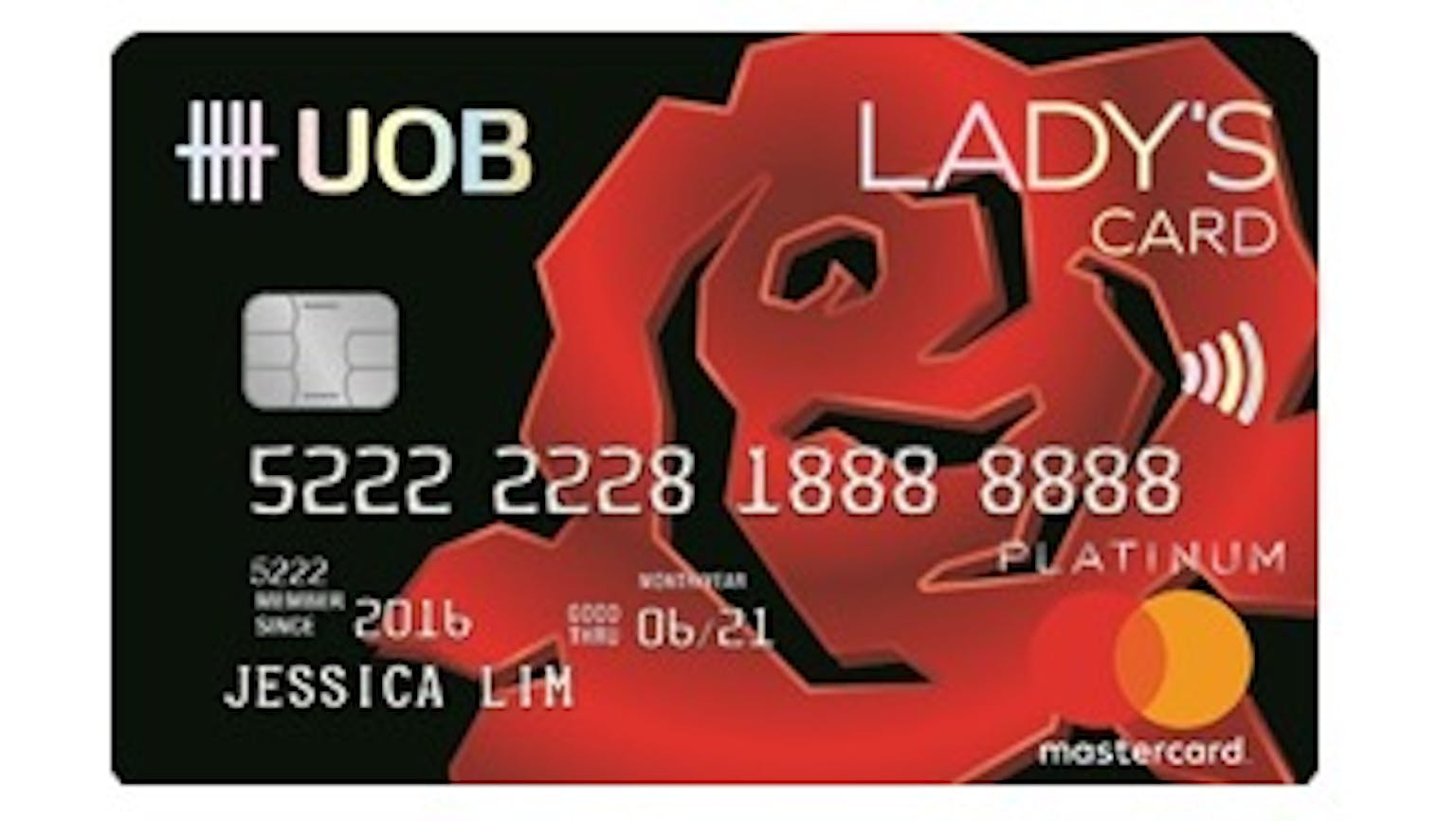
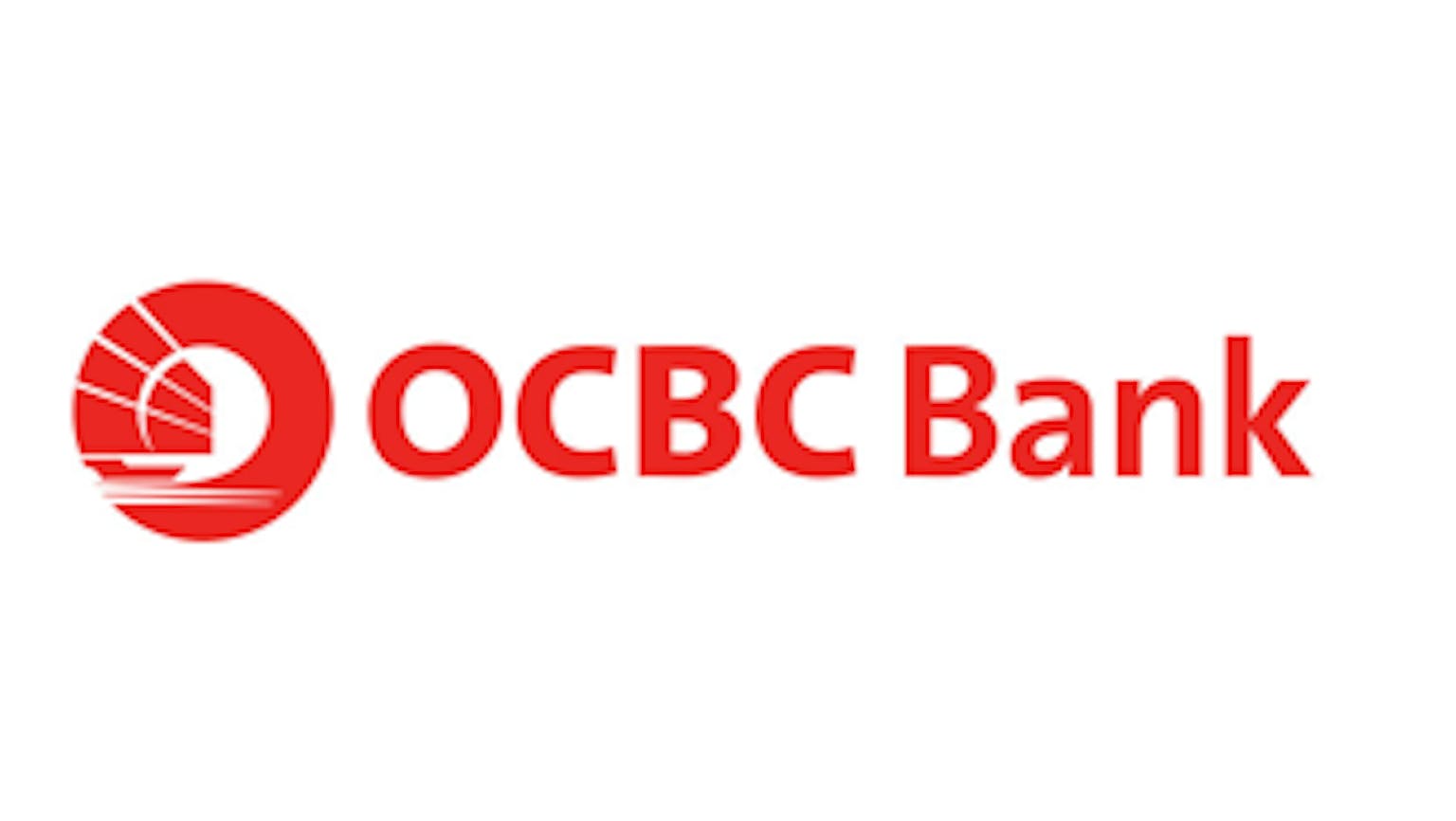
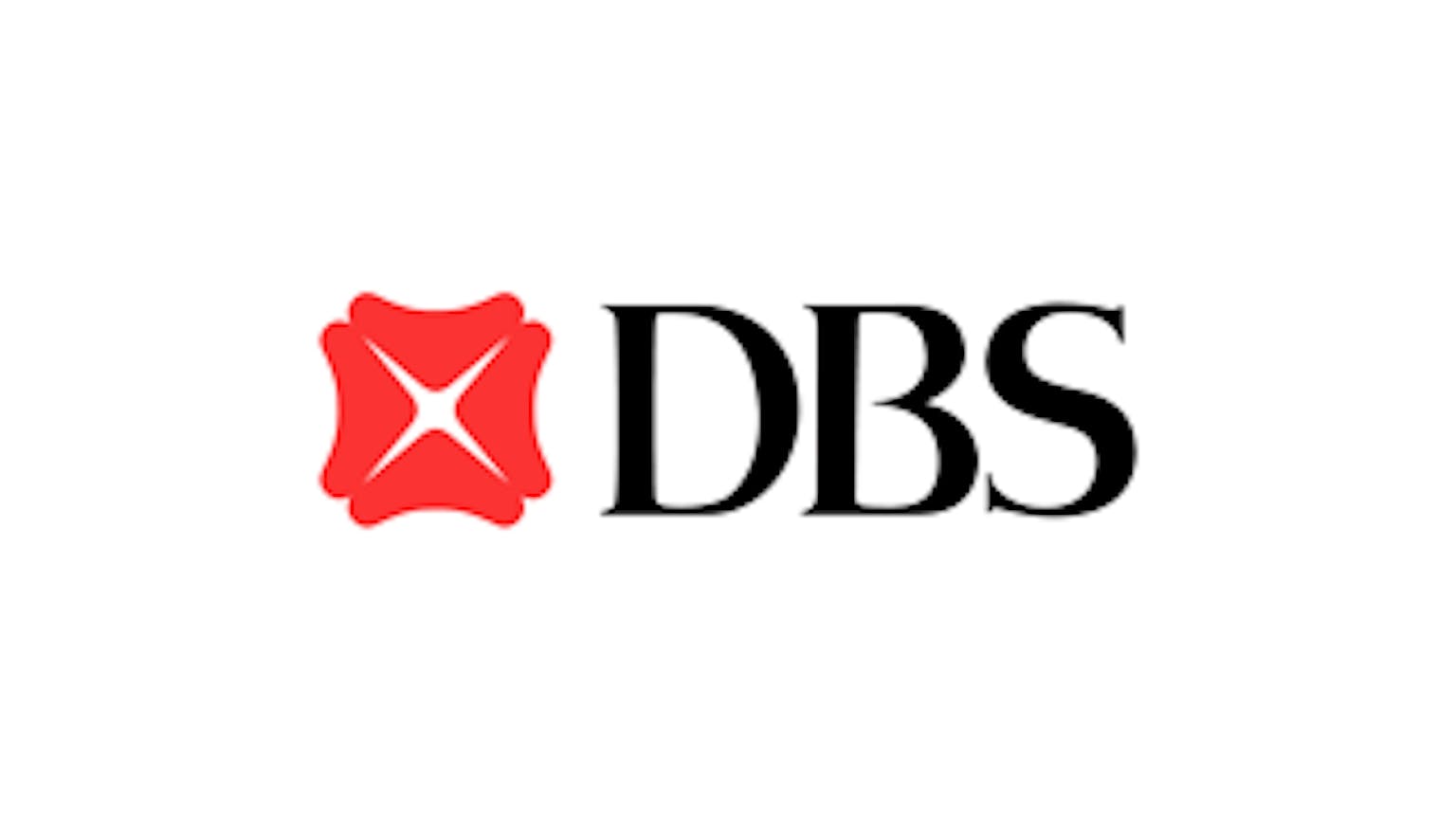
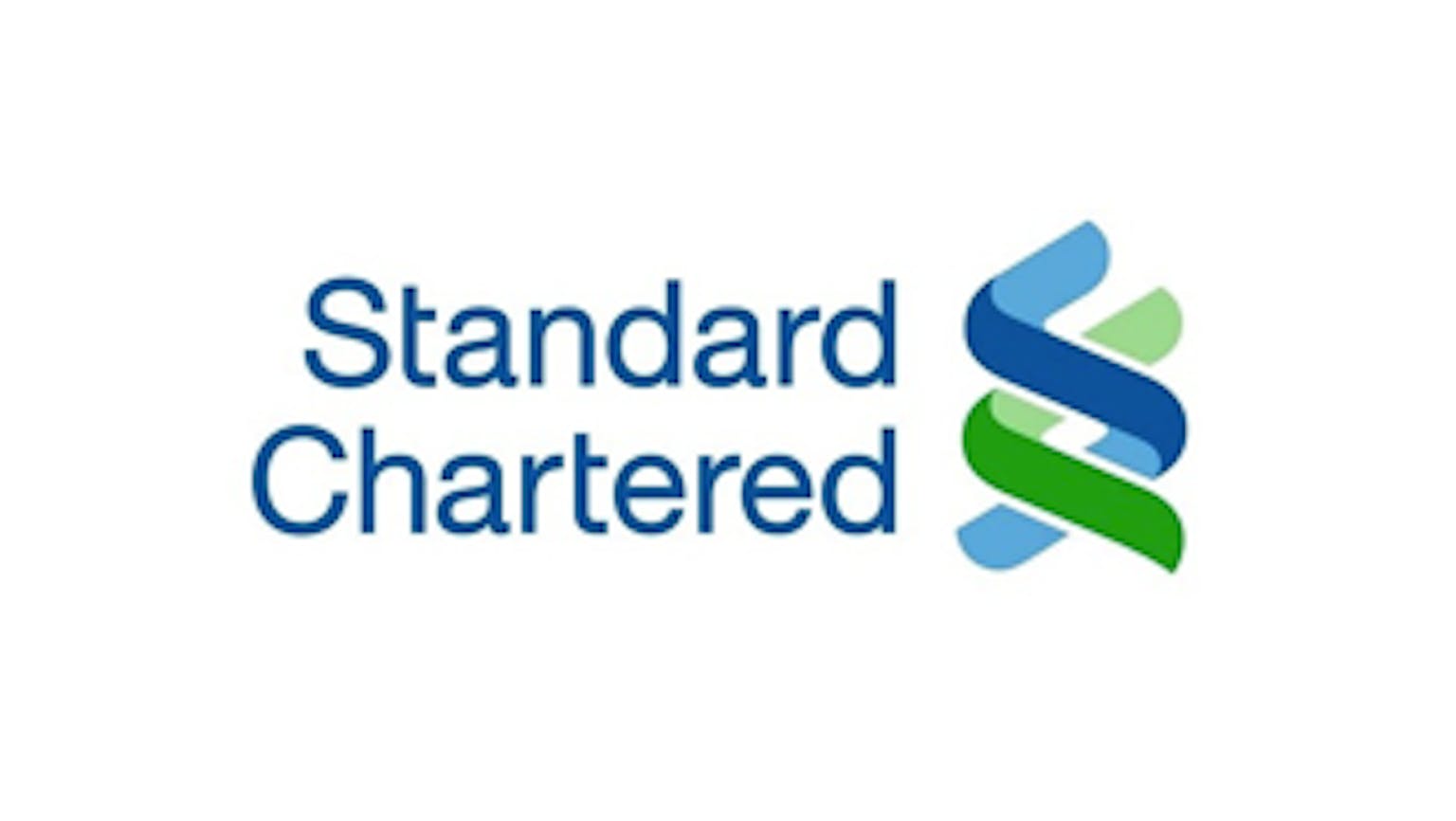
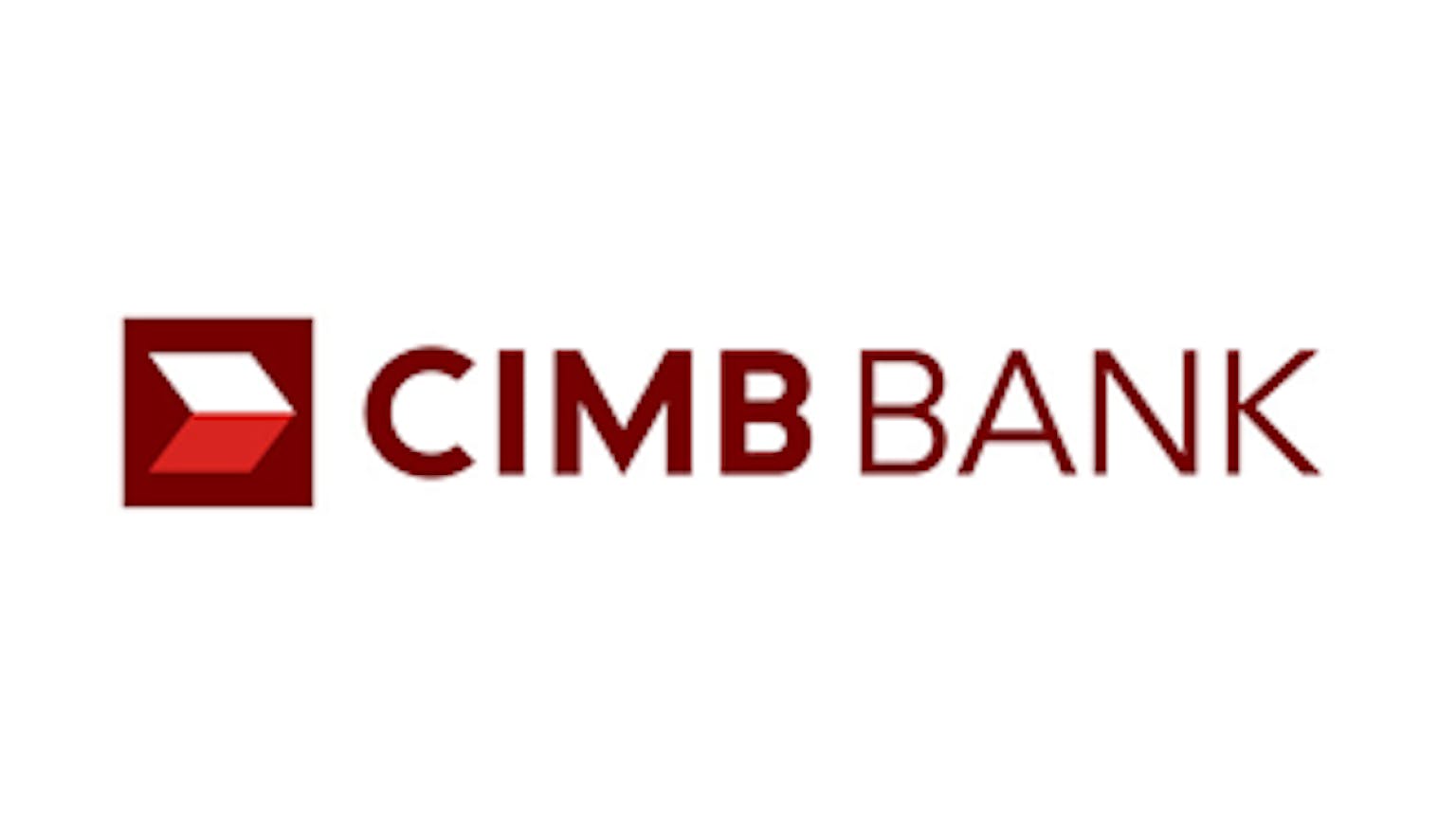

Please leave your knowledge and opinion!